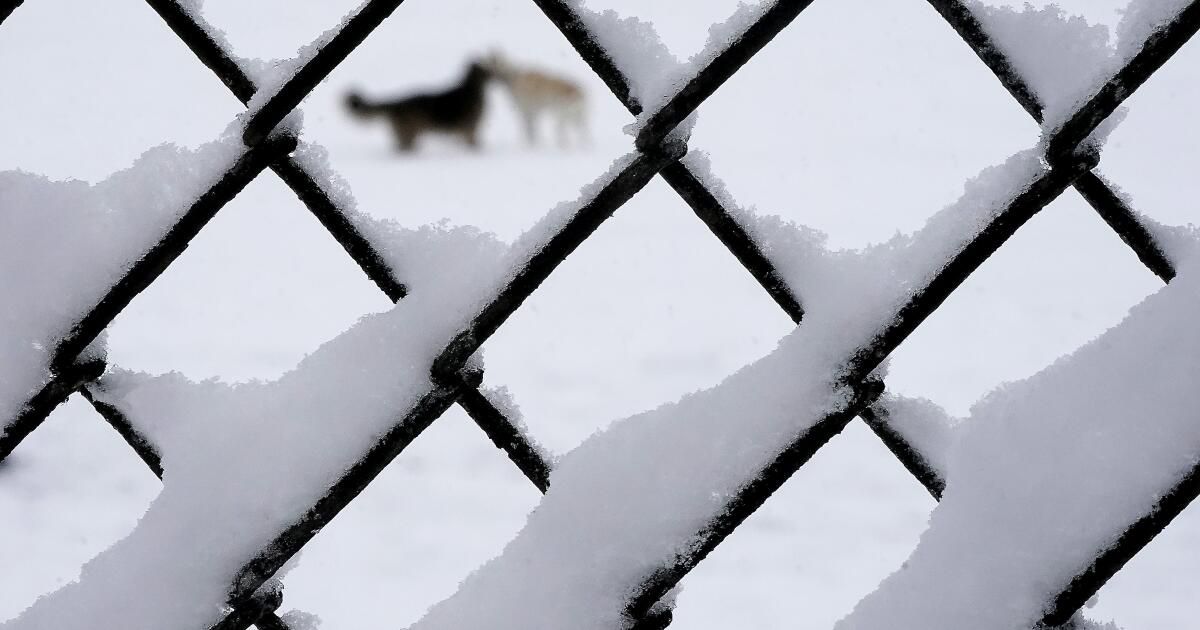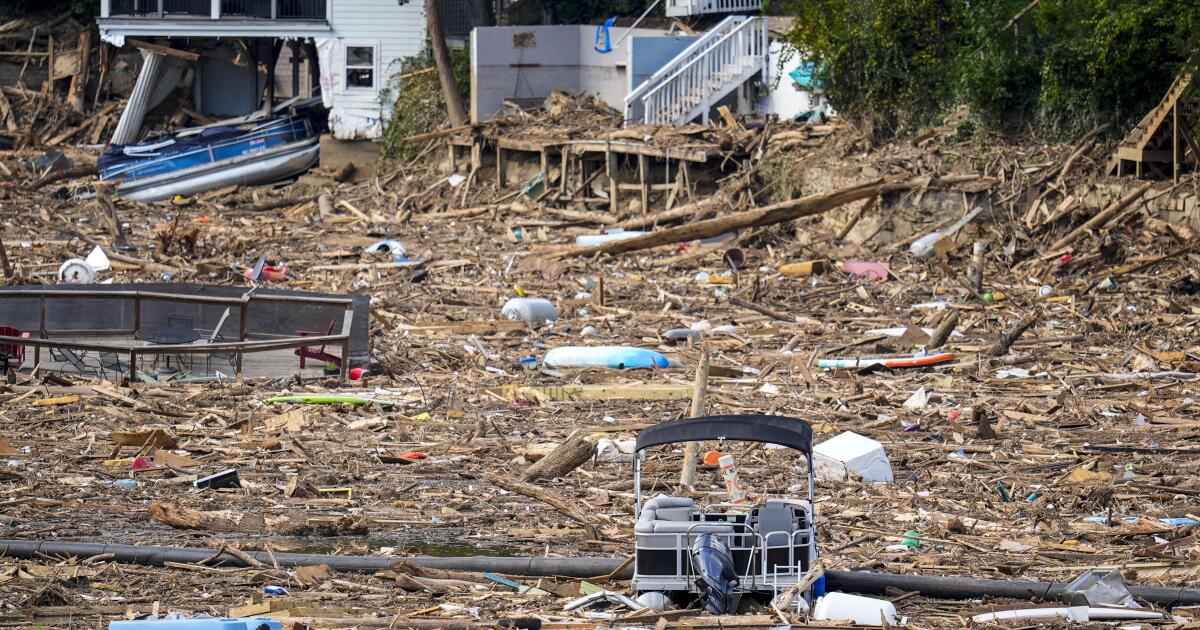For Americans who believe in the old proverb that bad news comes in threes, this month's weather should come as no surprise: After two winter storms hit much of the United States in recent days, a third It has already begun its march as well. These weather systems in rapid succession are unusual but predictable, even without superstition.
The first chapter began on January 4, when a low pressure system developed over the Sierra, dumping more than a foot of snow at higher elevations. From there, the storm moved across the country over the next few days, snarling traffic in several Midwestern states and finally hitting the East Coast late on January 6. Moisture carried in from the Atlantic turned into nearly a foot and a half of snow. in upstate New York and interior New England.
Before the flakes began falling in New Hampshire, a second storm was already dumping heavy snow near Lake Tahoe. That storm caused blackout conditions from New Mexico to Nebraska. Conditions were too warm for snow on the East Coast, but ideal for heavy rain and strong winds, including several tornadoes in the Southeast.
The final storm (knock on wood!), which is still ongoing, brought more than 2 feet of snow to the northern Cascades, along with wind gusts of nearly 100 miles per hour in exposed locations. From there, it swept up the West Coast, bringing several inches of snow and strong winds to higher elevations in Southern California. In the coming days, it is expected to move across the country in a similar fashion to its predecessor: another round of heavy snow in the Midwest, heavier rain along I-95, and the possibility of more tornadoes around the lower Mississippi.
However, the storm's impacts will not end once it heads out to sea, because it will also carry cold air in its wake. Temperatures in Southern California are expected to flirt with freezing over the next two nights, while the Great Plains states will see lows around -15 degrees Fahrenheit for much of next week.
Why has there been so much winter weather in just a few days? Isn't it incredibly unlikely that, after a December in which only 18% of the contiguous United States experienced a “White Christmas” (the lowest rate in at least two decades), all of these snowstorms came one after the other? other? In fact, they were very likely, because all storms have a single cause: waves in the jet stream.
The jet stream is a band of strong winds in the upper atmosphere, which serves as a guide for weather systems and as a dividing line between the cold air of the Arctic and the warmer air of the subtropics. During December, the jet stream was comfortably situated over southern Canada, meaning the weather in the United States was warm and calm. But for the past week, the jet stream has looked like a huge U, descending from Seattle through California and the Four Corners before bottoming out in Texas and then traveling back north along the Appalachians. This fall has been bringing frigid air to the center of the country and acting as a set of train tracks for continuing storms, which get their strength from the interaction between warm and cold air.
With every snowstorm or gust of cold air, there are those who mockingly murmur: “So much for global warming.” However, it is possible that in some cases the intensity of winter storms is related to the warming trend of the planet. The science of the jet stream, winter weather, and climate change remains an extremely active area of study. Some have proposed that climate change, which is expected to slow the jet stream, could also cause more ripples and thus increase the intensity of winter storms and cold air bursts. If this research is confirmed, crazy weeks like the one we just experienced will be more common in the coming years.
One aspect of climate change that is much more established is the effect it will have on mountain snow cover. While recent storms brought a considerable amount of snow to the Sierra (including Lake Tahoe, where an avalanche killed one skier and injured three more), measurements taken in early January showed that snow depth in the mountains was only 25% of its thickness. normal levels for this time of year.
Before winter began, many predicted that a strong El Niño could lead to a wet winter in California, but this winter's El Niño pattern has been markedly different from previous events (perhaps due to record-breaking warmth across the tropical Pacific ), which has led to inconsistent effects. . Additionally, snow cover is dictated not only by the amount of moisture that is deposited, but also by the amount of melting that occurs. A recent study in Nature found compelling evidence that the current decline in snow cover across the Northern Hemisphere is expected to continue and even intensify due to climate change. And snow levels are important for much more than winter recreation: Despite some precipitation in the West last winter, the region is still in the midst of a historic drought, and snowpack plays a crucial role in water management.
After the recent news that 2023 broke global temperature records by a staggering margin, a period of wild winter weather may seem like proof that weather patterns haven't really changed much after all. But the effects of climate change are often counterintuitive, and the truth is that we are rapidly entering an era in which abnormal weather will become the norm.
Ned Kleiner is a scientist and disaster modeler at Verisk. He has a doctorate in atmospheric sciences from Harvard.












